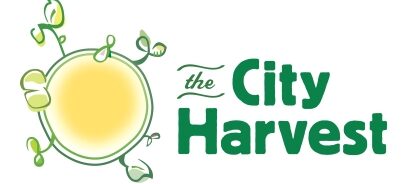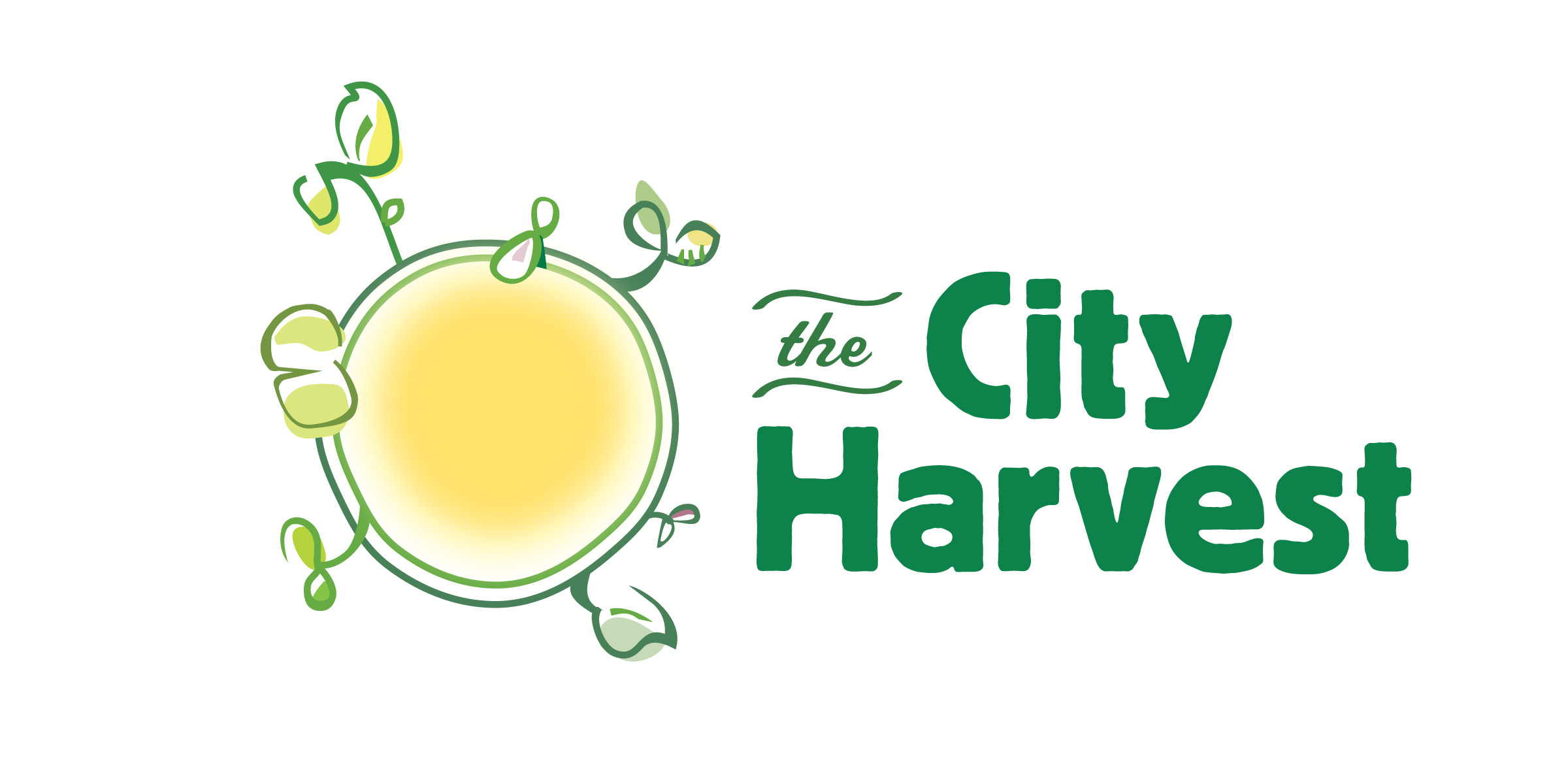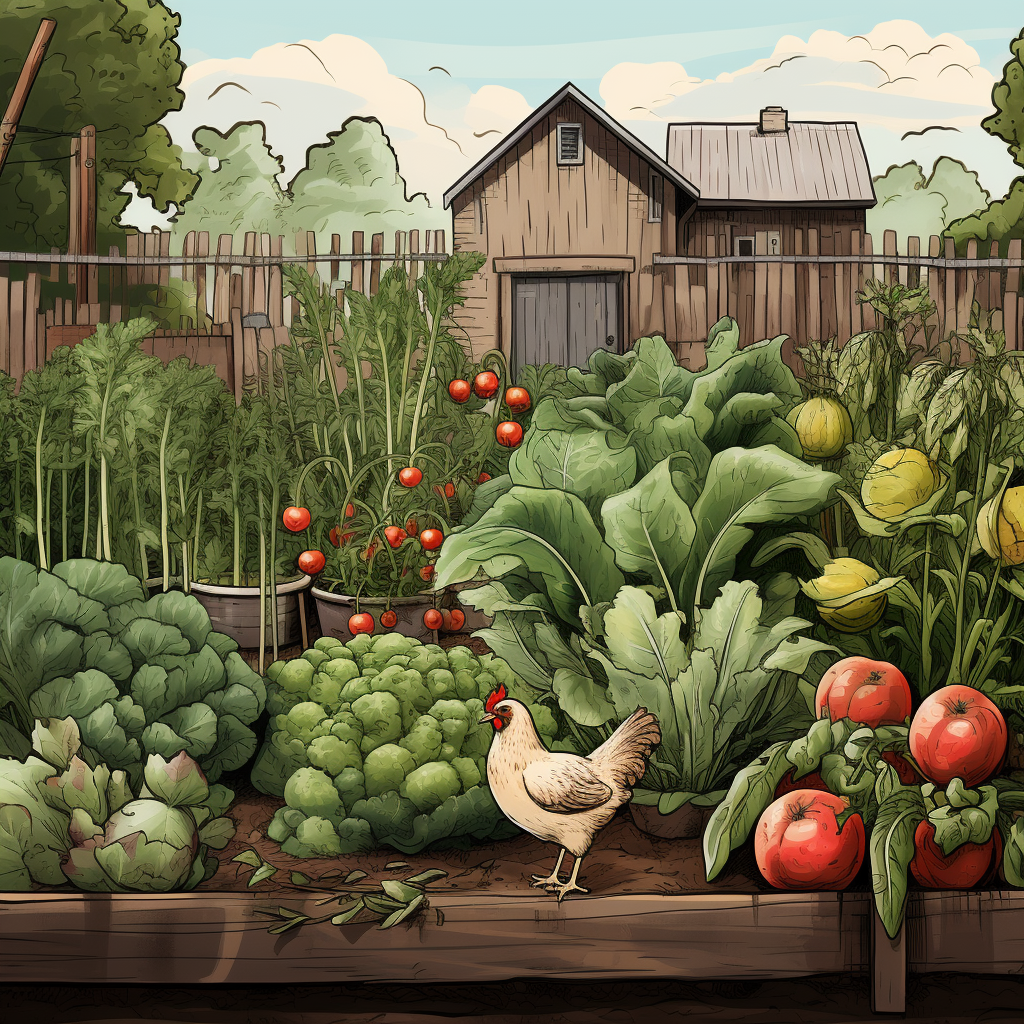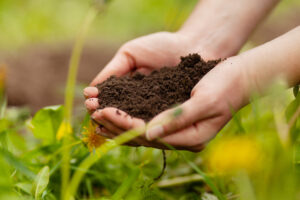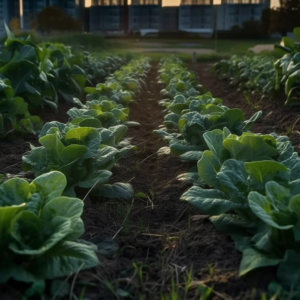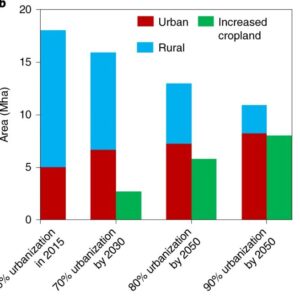Introduction
Urban agriculture, once an abstract new concept, has begun to permeate cityscapes across the globe. A growing number of city dwellers are embracing the gratifying pursuit of growing their own food, finding solace and connection in nurturing life from a tiny seed to succulent produce.
From compact balcony gardens to lush backyard farms, a green revolution has been unfolding for over a decade. This ‘back to roots’ movement isn’t just about supplementing dinner plates with homegrown vegetables but also symbolizes a collective awakening towards self-sustainability and environmental stewardship.
The idea is simple – if you have access to even a small space bathed in sunlight, you can partake in “a little farming” of your own. For those intrigued by this transformative practice but unsure where or how to start, we have put together this comprehensive guide that we hope will help you in the path towards successful urban farming.
Why Grow Your Own Food
Building your own green oasis in the heart of an urban landscape has profound benefits that extend beyond a hobby. The act of growing your own food is a revolutionary step towards self-sufficiency, particularly in an age of increasing uncertainty about global food chains. This practice known as urban farming is not simply an exercise in sustainability, but also a statement on reclaiming control over personal nutrition and well-being.
When you grow your own vegetables, fruits, and herbs, you can be certain about the input – no questionable pesticides or harmful chemicals taint your produce. Organic farming practices ensure that what you ingest is not just ‘safe to eat’, but also filled with nutrient-rich goodness.
The health ramifications are substantial; freshly harvested produce contains more nutrients than store-bought counterparts which have traveled long distances before they reach your plate. Also, since these foods are harvested at their peak ripeness rather than being prematurely plucked for shipping or long shelf life at supermarkets, they offer heightened flavor and nutritional superiority. In essence, choosing to grow your own food is directly akin to choosing vibrant health.
The process of growing you own food, from seed to harvest, instills a sense of accomplishment and connection with the earth unlike any other achievement. Furthermore, backyard farming promotes community building as neighbors exchange surplus crops or perhaps start community gardens together.
Building Community in The Urban Farm
In the context of urban agriculture, the act of growing food takes on an additional connotation, one that is imbued with community building. The proliferation of plant life in dense environments has a way of not only transforming the aesthetic appeal of city landscapes, but also fostering a sense of camaraderie among city dwellers.
Planting and harvesting together creates a shared ownership over the environment, leading to deeper connections between individuals who jointly labor to cultivate and reap healthy food from it. Engaging in discussions about what to plant, or how best to work the soil, or what vegetables to plant where, becomes an experience that transcends individualism and roots community members in a shared purpose.
When we think about backyard farming, we often envision solitary endeavors carried out in private spaces. However, when applied to an urban setting, these private spaces can become public arenas where education, skill-sharing, and community spirit flourish. In this scenario, even mundane tasks like seed keeping, transplanting crops and washing vegetable can transform into communal rituals that reinforce mutual dependence and respect for each other’s efforts. In this way, urban agriculture champions not only the physical health but also underlines social wellness embedded within communal endeavors
Where to Grow Food in the City
If you’re considering a small backyard garden or urban farm, one of the first questions you may ask is: where can I grow? The space in a city may be limited, but there are creative solutions around this issue, making it possible to cultivate healthy food right where you live. From container gardening to backyard sharing programs, urban farming has taken on innovative and exciting forms that are adaptable to various settings.
Container gardening is an excellent option for those with limited space. It entails planting vegetables in pots or other containers instead of in the ground. This method is ideal for balconies, patios, or small yards. Not only does it save on space, but it also allows for easy control over soil health as each plant’s environment can be individually managed. Another benefit of container gardening is the ability to move your plants as needed to capture sunlight or shelter from extreme weather conditions.
Backyards provide an even larger canvas for urban agriculture. Whether your backyard is a modest patch of green or a sizable expanse, it can serve as your personal farmstead. Backyard farming not only brings fresh produce to your table but also contributes positively to ecological diversity in the surrounding area by improving soil health and providing habitats for beneficial insects.
Rooftop gardens represent another viable option particularly suited for densely populated areas where ground-level space might be scarce. These gardens take advantage of unused rooftops transforming them into lush retreats that not only produce vegetables but also improve air quality and reduce the urban heat island effect.
Community gardens, yet another urban farm option, are shared spaces where city dwellers can come together and grow their own food. These communal spaces provide not just plots for individual gardeners but also offer opportunities for social interaction and community building. They can serve as educational hubs where people learn more about organic farming practices while growing nutritious food.
Backyard sharing programs offer another innovative approach to finding growing spaces within cities. Through these programs, homeowners who cannot tend their own gardens lend their backyards to enthusiastic gardeners in exchange for a share of the produce. This form of urban agriculture encourages community interaction and ensures that available land is productively used.
How and What to Grow in Your Urban Farm
Crop Selection
When considering organic agriculture, particularly in the context of the urban farm, it is crucial to identify what plants and vegetable to grow and how to take care of them. The choice of crops must align with various factors such as local climate, space available and personal preference.
The first step in converting your small plot garden into an urban farm is selecting plants that are highly adaptable and resilient. Leafy greens such as spinach and lettuce are potential forerunners due to their low maintenance nature and speedy growth rate. Root vegetables like beets or radishes are also excellent choices for beginners because they require minimal attention once sown.
Fast-Growing Vegetables
For novice urban gardeners and experienced farmers alike, there are various fast-growing vegetable varieties that should be included in the crop plan every season. Fast-growing vegetables include radishes, arugula, and baby spinach other greens. These crops can provide fresh produce in as little as 3-4 weeks, making them ideal for areas with short growing seasons or for those practicing fast crop rotation.

Microgreens
Microgreens, the young, edible versions of mature plants are a great crop choice for small unban farms. They require minimal space, grow very quickly and are a nutritional powerhouse. Microgreens are sown very densely are harvested just after the cotyledon leaves have developed, typically within 10 days, once a set of true leaves has developed. Microgreens are used for their visual appeal, flavor, and texture enhancement in dishes. They can be used as garnishes for salads, soups, sandwiches, and other dishes. Some recipes use them as a primary ingredient. They range in size from 1 to 3 inches, including the stem and leaves. The stem is cut just above the soil line during harvesting. From basil to beet greens, the options are vast and varied.
Sourcing Local Seeds
Sourcing seeds from local suppliers is not just an environmentally conscious decision but also a strategic one. Local seeds are collected from plants that have become acclimatized to the specific conditions of your region, ensuring a higher success rate in germination and growth. By supporting local seed banks or nurseries, you’re also investing in the preservation of indigenous plant varieties, many of which have been cultivated and adapted over generations.
Local gardening associations and clubs usually have a yearly seed exchange or “seedy Saturday” events, where you are more likely to find non-GMO and heirloom seeds, the perfect foundation for a new urban farm. These events are great opportunity to not only obtain locally-proven seed varieties, but also to meet other urban and small farmers, share experiences and growing tips.
How to Grow in the Urban Garden
Gardening is as much an art as it is a science. Traditional ornamental (flower) gardeners have usually tried their hand with some herbs and other easy food crops, so they may have a bit of a head start. But regardless of the experience, some key techniques are required for both experienced and novice growers to succeed. Specifically, you must start with quality soil, be able to irrigate your crops properly, and you must be vigilant about pests and diseases. Maintaining the garden and keeping it healthy throughout the season is where the bulk of the effort is directed.
Basic Tools for the Urban Farm
You can’t start or maintain a happy garden without the proper tools for the job. Here’s a basic list of the basic tool kit you will need for planting, maintaining, and harvesting your garden. You will find, over time, that your tools arsenal will grow quite a bit, and you will opt for more specialized equipment, but these are the basic essentials that every gardener and urban farmer must have:
- Gloves
- Pruning Shears
- Garden Fork
- Hand Trowel
- Spade
- Rake
- Hoe
- Hoses and Watering Cans
- Wheelbarrow
Understanding Soil
Soil is at the heart of your garden and will very much determine the bounty you can produce. Ideal garden soil conditions for growing vegetable must be developed over time since they don’t often occur in most urban or peri-urban situations. Grasping the concept of soil health is integral to the success of any urban farm, even if it is confined to a small plot garden. Essentially, healthy soil is “living soil”, teeming with beneficial bacteria and other microorganisms that nourish plants and help them resist pests and diseases. Organic farming places a great emphasis on fostering this lively underground ecosystem through various means.
One primary method includes the use of compost, an indispensable tool in maintaining soil health. Compost can be produced from kitchen scraps and garden waste on your very own urban farm. It serves as an exceptional source of organic matter which hosts beneficial microbes while also improving the structure of your soil, facilitating root penetration, and retaining moisture more efficiently.
In addition to composting, integrating organic fertilizers into your cultivation practices can be highly beneficial. Organic fertilizers contain nutrients derived from natural sources that are not only good for plants but also contribute to the overall well-being of the soil.
The No-Till Agriculture
The no-dig or no-till gardening approach emphasizes the minimal disruption of the soil by eliminating the use of plows, spades, or hoes to overturn and till the earth before planting. This approach helps to maintain the existing natural structure (layers/strata) in the soil in order to protect and promote the growth of beneficial organisms, worms, and other critters. This method requires the application of thick layers of compost and organic material which are added to the growing area on a regular basis. In the long run, no-till gardening recreates nature’s age-old method of building fertile, living soil, where organic matter decomposes on top and is slowly incorporated into the earth by organisms like worms and insects. No-till gardening also means less weeds, less erosion, and much less work.
Intensive farming
Another significant aspect of urban farming is optimizing growing space through intensive planting strategies. The idea is to minimize wasted space between rows of crops, planting them close together in grid-like patterns or using vertical structures like trellises for climbing plants. This not only conserves space but also helps suppress weed growth and retains moisture in the soil.
Soil health is paramount when it comes to intensive farming in small spaces. A vibrant ecosystem beneath the surface made up of bacteria, fungi, worms, insects ensures that nutrients are continuously recycled within this environment – an essential factor considering nutrient requirements are high due to dense planting methods.
Pest and Weed Control in the Urban Farm
In the small plot garden, the battle against pests and weeds is waged daily. Pests can decimate tender seedlings, reducing a once promising crop to a patch of ruined sprouts. And weeds can strangle your plants, taking up valuable space and robbing them of nutrients and water. Therefore, effective pest and weed control is essential in maintaining the health and productivity of your urban farm.
When it comes to pest control, it’s vital to use methods that won’t harm the living soil you’ve worked so hard to cultivate. Organic agriculture practices offer many solutions for managing pests naturally. One effective method is companion planting, where certain plants are grown together because they help each other in some way. For example, marigolds are often planted with tomatoes because they repel harmful nematodes that can damage the tomato roots.
Organic pest control always involves attracting beneficial insects that prey on common pests. Ladybugs and lacewings feed on aphids and mites—pests that can wreak havoc on an unguarded plot—thereby maintaining balance within your small plot garden without resorting to harmful chemical applications.
Weed control in organic farming also requires a delicate touch. Synthetic herbicides indiscriminately destroy plant life, damaging soil health in the process by killing beneficial microbes or leaching into groundwater systems. One simple but effective solution to use various types of mulch, which can suppresses weeds by blocking their access to sunlight.
A more labor-intensive but rewarding method for weed control lies within regular hand weeding or hoeing which not only removes unwanted plants but also aerates the soil encouraging root growth of desirable plants.
The Importance of Water
Water management and irrigation are paramount for urban farm success. When considering your small plot garden, one must not overlook that a living soil is thirsty. Regardless of whether you’re growing food in the city or in vast rural fields, water is the lifeblood of any successful harvest.
Water management begins with understanding your local climate and how it interacts with your chosen crops. This includes understanding rainfall patterns, humidity levels, and evaporation rates. Moreover, urban farming often involves dealing with impermeable surfaces like concrete or asphalt which can alter natural precipitation patterns significantly.
The application of organic fertilizers can also play a part in water management. Organic matter helps to enhance the water-holding capacity of the soil, which in turn reduces runoff and conserves water usage overall. Organic agriculture practices such as composting are crucial for creating a healthy growing environment while maintaining optimal hydration for crops. A balanced compost not only provides nourishment to plants but also ensures the soil retains moisture effectively.
Collecting rainwater in barrels and other containers can provide an essential and sustainable water source for your garden, especially during periods of hot, dry periods.
Irrigation can be a careful balance between overwatering or underwatering your crops and also requires careful planning and execution. Drip irrigation and soaker hose systems, unlike sprinklers and spray hoses, are highly effective at delivering precise amounts of water directly to plant roots, reducing waste through evaporation or runoff. The use of an electronic timer to control the time and amount of irrigation can be a valuable tool during the summer months.
Setting up an efficient irrigation system along with effective water management practices forms an integral component in the path towards sustainability in for small urban farm. Embracing organic farming principles like using composts and organic fertilizers further enhances these efforts by improving soil health and boosting crop yield on your urban farm.
Conclusion
In this exploration into the world of urban farming, we have seen how a small plot of land can turn into far more than just a hobby – it has potential to be a powerful tool for improving personal wellness, environmental sustainability, and community building. It can be empowering and transformative, turning any small space into a thriving oasis teeming with life. Organic farming is undeniably challenging, requiring both physical effort and a deep understanding of ecological principles, but its benefits are worth every drop of sweat: healthier produce laden with nutrients, enhanced biodiversity, soil health improvement and most importantly, a more intimate connection with Mother Nature herself.
